What Teens Can Teach Us About Working Smarter
Posted by MooreCo Inc on Apr 29, 2021 6:18:27 PM

What Teens Can Teach Us About Working Smarter
There are few consistencies we can count on in this lifetime. One tradition that seems to be reliably handed down from generation to generation is the misunderstanding of teenagers on the part of parents, educators, and employers.
But science tells us that teenagers actually have a lot to offer when it comes to leadership. Dr. Jessica Church-Lang is head of neuroimaging in the Austin area of the Texas Learning Disabilities Research Center at the University of Texas. She recently spoke at MooreCo’s Thrive Forward webinar on intellectual development. Her focus was on the adolescent years and the opportunities presented by this time of intense transition.
It turns out, teens can teach us a lot about how to live and work better in alignment with our values. Here are a few key takeaways from Dr. Church-Lang’s presentation and how channelingl our inner teens (or listening to the literal teens in our lives) can lead to more fulfilling and productive work.

How to Take Risks
As Dr. Church-Lang pointed out in her session, teens are more likely to act on impulses. Since the brain isn’t fully developed until the age of 24, this can sometimes lead to dangerous consequences. Which is why they need great mentors, caregivers, and educators in their lives to guide them to make good decisions. The benefits of this trait, however, is that they are more likely to take safe risks, too. Trying out for new teams, asking out a romantic interest, or even getting into a (little) trouble is good for young people. It helps them learn from mistakes and realize they can survive failure or hardship. We can learn from that at work and in our own lives. What risks can we take with our professional or personal lives and hope to grow from? The sharing of ideas openly is one form of risk taking.
To create environments that support this type of risk taking, you’ve got to think big! Sharewalls can help adolescents and those in the workplace feel braver about the sharing of ideas. With a wide surface to write, the wall invites people to open up and share what they’re thinking, even if ideas are not fully formed.
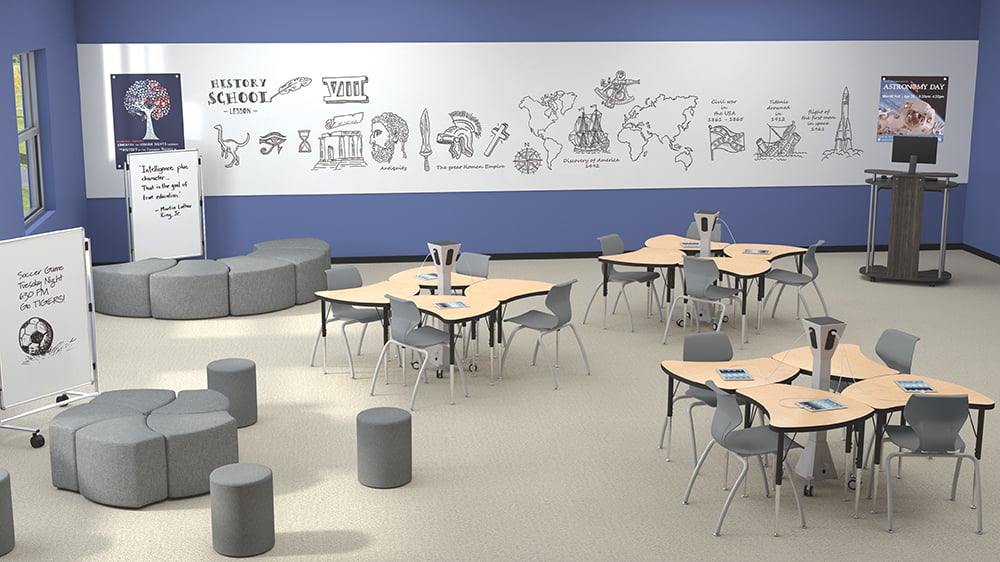
The Value of Community
One thing that teens value is a sense of inclusion and community. According to Dr. Church-Lang, teens want desperately to belong. The downside of this is that they will sometimes make unwise decisions to impress friends. Peer pressure can be a negative consequence of this level of need for community. But the opportunity that it presents is that kids this age learn from each other, explore new social situations, and are constantly learning how to evaluate and act on their own feelings and the feelings of their peers. This can lead to lasting friendships and relationships, as well as heightened self-esteem. Adults become so focused on succeeding as independents. Whether professionally or personally, we can all learn from teens about the importance of relying on community support. Finding a group of people that shares our interests, principles, or hobbies can help keep us mentally well and feeling young.
To create environments that support community, Dr. Church-Lang recommends desks or soft seating that can be easily moved into a group setting. Both in the workplace and in a classroom setting, these types of configurable desks and lounge seating encourage the sharing of thoughts in a relaxed setting.
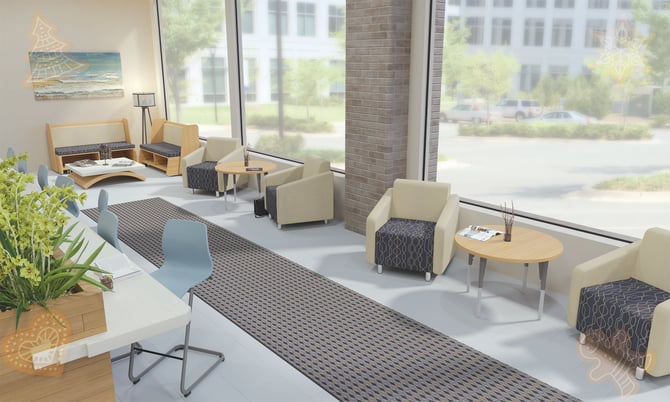
Where to Discover New Ideas
Dr. Church-Lang says that the teen years are a time of heightened brain plasticity when children begin to think abstractly. She says this is why algebra is introduced at this age, because students can begin to imagine and reckon with concepts they can’t see. Teens become adept at self-expression- making art, songs, or writing in ways that can be fresh and inspiring. For adults, we need to reconnect with our own inner teens and take a page from their book. Finding new modes of self-expression is as important at 40 as it is at 15.
To create environments that support discovery and new hobbies, makerspaces come to mind. Makerspace cabinets and tables provide ample space for the storage of materials and surface area to work and explore. Remember when tapping into your own inner artist, that the destination is not the important part. Enjoy the process of crafting, creating, and exploring with abandon. This is how teens do it.
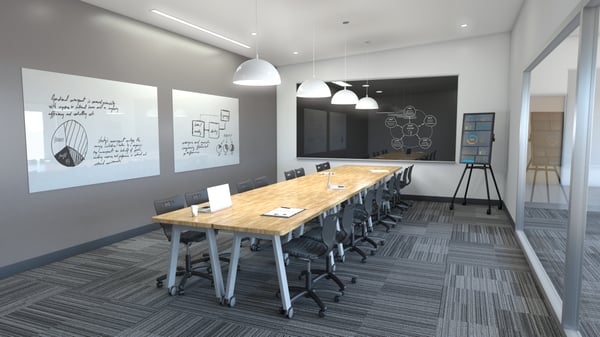
When to Question Assumptions
One of the most challenging and positive attributes of adolescents is their tendency to question assumptions and question authority. For parents and educators, this is obviously not always a welcome practice! But this energy of young people has created cultural evolution since the beginning of humankind, and we can learn from this as a strength. For adults in corporate culture, what are some practices that are antiquated and no longer serve the health and happiness of employees?
During COVID-19, many companies allowed work from home as a standard way of doing things, and we can now see that many are continuing to implement this due to increased employee productivity and well-being. What are some ways that your corporate culture needs to shift to create greater benefit for all? One way is to maintain the option to work on a flexible schedule or at a distance. Leading-edge technology will help keep everyone productive and connected. Smart boards for conference calls, day-to-day videoconferencing, and distance learning in university level education are necessary in the post-pandemic economy.
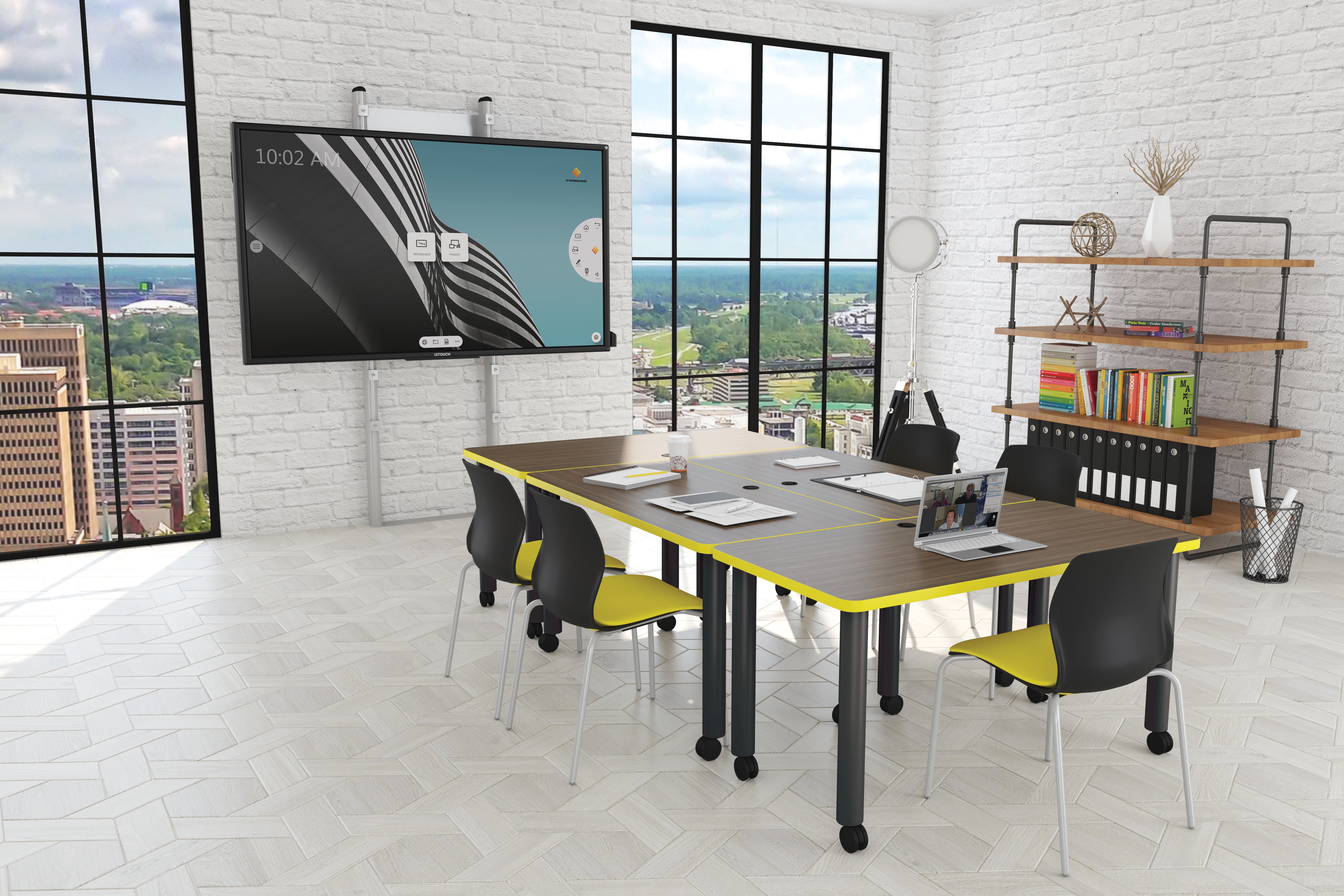
When to Advocate for Change
Generation Z students (anyone born between 1995-2010) are the first generation to have only lived in a post-internet era. As such, they have received a reputation for being on social media and on their hand-held devices to excess. Dr. Church-Lang says that there’s opportunity via social media for great social change, and that many activists coming out of this young generation are making an impact. Greta Thunberg, Emma Gonzalez and David Hogg, and Joshua Wong are all examples of teens who are leading the way to forms of social evolution and revolution. Generation Z are also known to be more inclusive and open than previous generations. A reported 1 in 6 people within this generation identify as LGBTQ. This means that not only have times changed, but young people today are open to accepting themselves and others in groundbreaking ways. Adults can learn from this to enhance the experience of corporate culture. But being inclusive isn’t just about tolerance. It’s about education, awareness, and ownership of implicit bias. It’s a process that requires that entire organizations be open to learning and encouraging diversity, equity, and inclusion.
Creating environments that support this kind of awareness is all about collaborative workspaces where people can come together to share ideas. Soft seating, conference rooms that encourage the share of ideas, and environments that welcome people of all abilities are a good place to start.
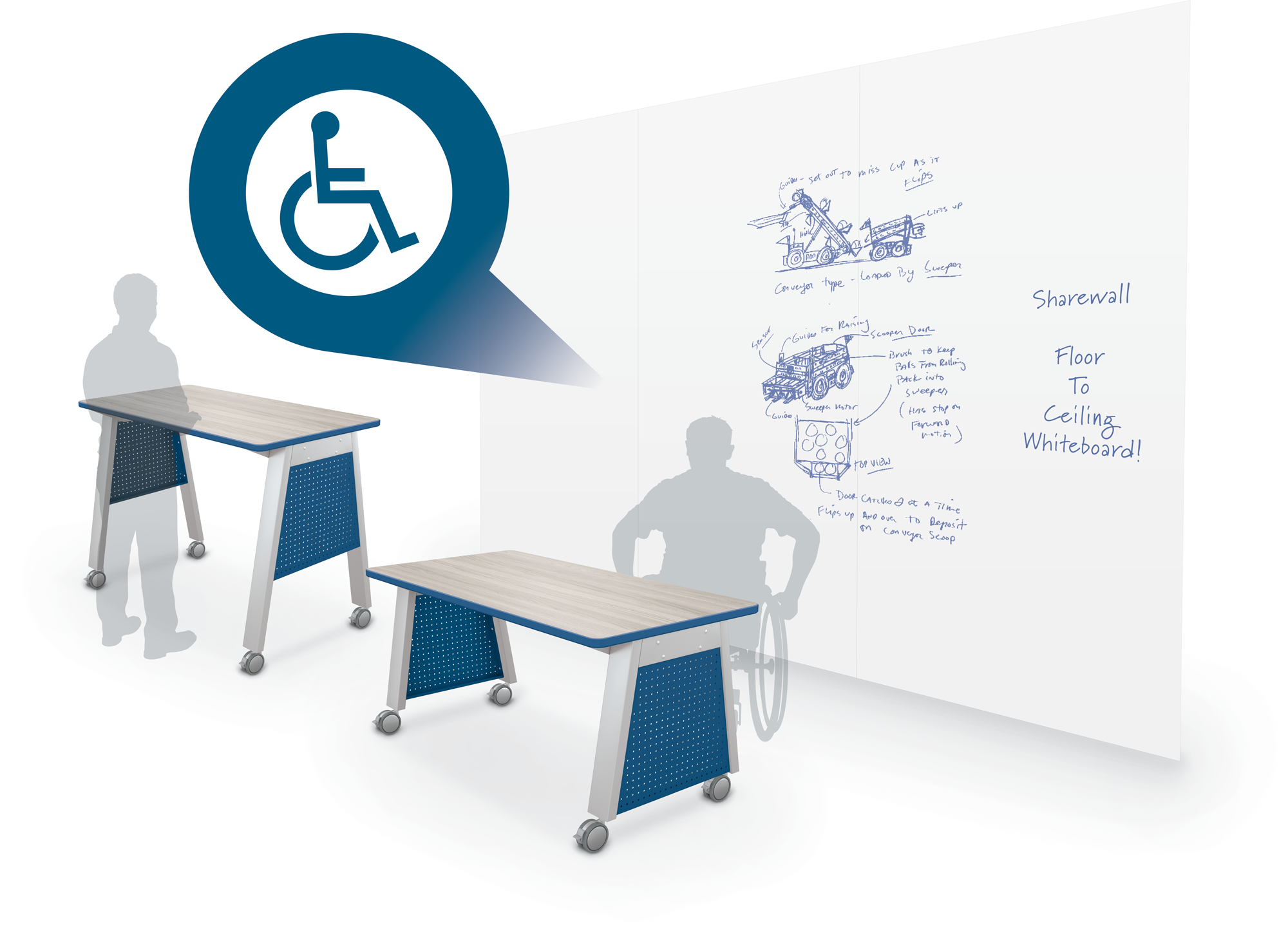
The Benefits of Being True to Yourself
Dr. Church Lang said that teens learn best when they are able to discover their own way of doing things. Some learn best alone, while some learn best in groups. Because this generation has been brought up with more of a sense of the importance of social-emotional development, they are more attuned to their own learning needs.
As Dr. Church-Lang states, “We should include teens in decision making when it comes to design or classroom changes. They need predictability but they also love peer interaction and flexibility in design, depending on their mood.” She went on to say, “The MooreCo designs that are flexible and really adaptable are a great example of this.” So, for both teens and adults, providing plenty of options for how to work best is necessary for thriving. This includes flexible seating like standing desks, configurable tables, or mobile workstations. It can also include lounge-style furniture where everyone can gather and chat. The most important thing is to find what works best for you and your team members or students. Then provide products and environments that help them succeed at being their very best.
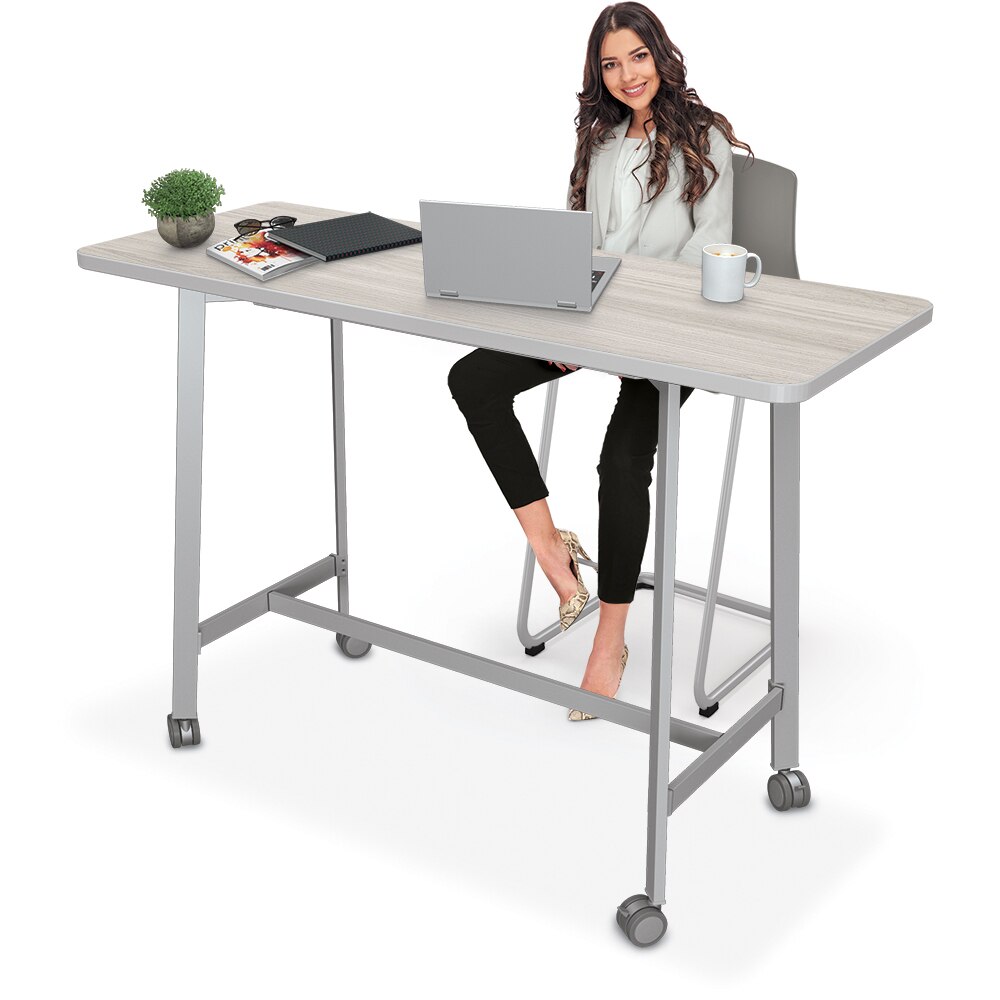
We’re Here to Help
Are you interested in learning more about teens and intellectual development? Check out Dr. Church-Lang’s session from our Thrive Forward webinar. We can all learn from the younger generation how to be adaptable and agile in work and in life. Contact us today about any of our new product offerings that were designed to evolve with the user, creating flexible environments for everyone to thrive.
Topics: Educators
